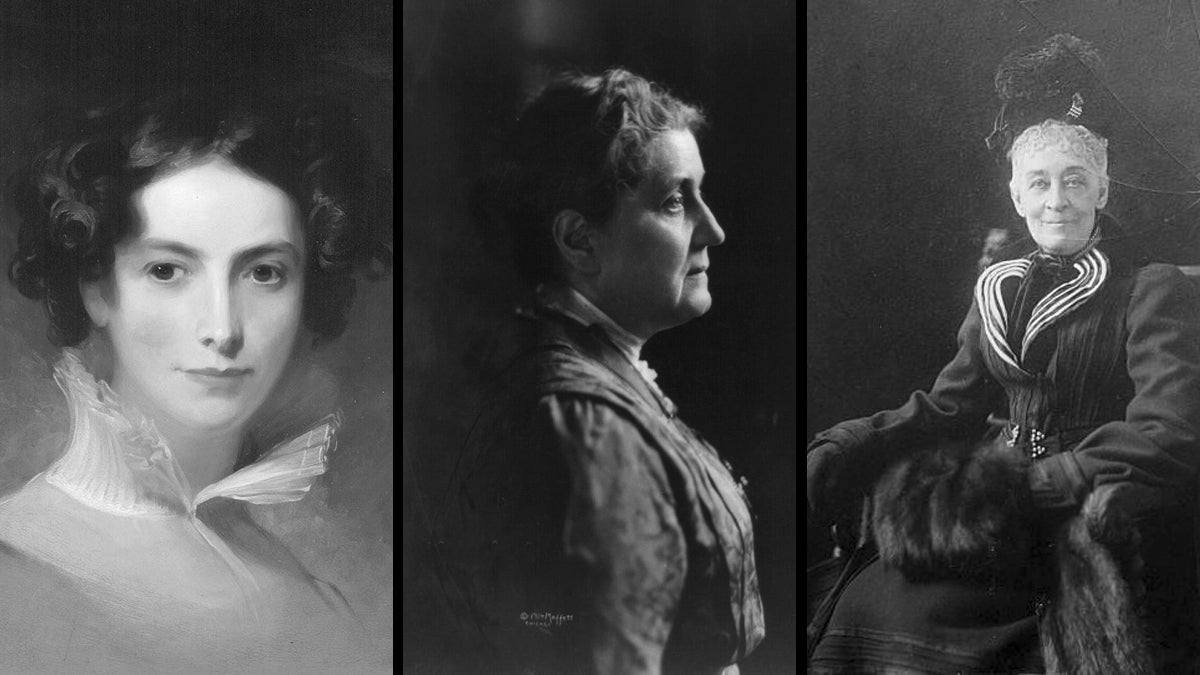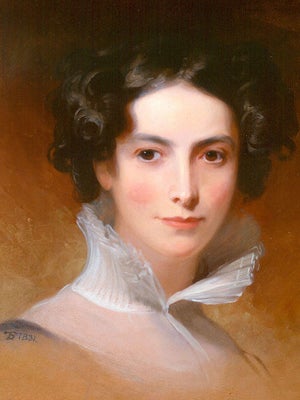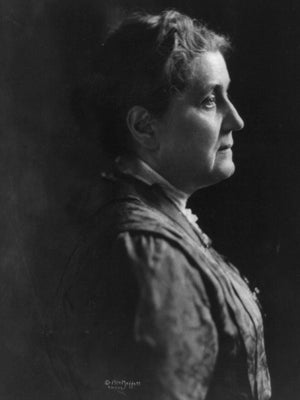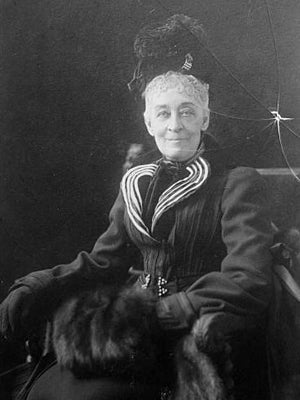Philanthropic women were ‘transformative engines’ of American society

Philanthropy in America, especially the philanthropy of women, has had a significant impact on some of our nation’s most enduring values.
What is “philanthropy” to you? Perhaps you think of the big givers, such as Bill and Melinda Gates, or the major foundations, such as The Ford Foundation or The Pew Charitable Trusts. Or maybe you think of the contributions made by regular folks to the thousands of non-profit organizations across the nation. Or maybe it is the cans of food we donate to the food pantry or the Toys for Tots collected by the Marines.
Philanthropy — from the Greek “love of humanity,” the enhancement of what it is to be human — is a common subject at the end of December: collection boxes are out; most non-profits are making year-end solicitations; and many citizens are calculating the tax deductions for contributions made before the end of the year.
While you consider all those #GivingTuesday appeals after Thanksgiving, and whether you can donate a goat to a poor family in Africa instead of giving another tie or pair of gloves to your uncle as a holiday gift, it is important to know that philanthropy in America, especially the philanthropy of women, has had a significant impact on some of our nation’s most enduring values.
Claire Gaudiani, a professor and scholar of philanthropy at New York University, describes what she calls “breakthrough investments,” funded by the generosity of women across American history, which became transformative engines of our society.
Scholarships for talented but poor students
In 1643, more than 130 years before the United States of America came into being, Lady Mowlson, Ann Radcliffe, (not the English gothic novel pioneer) donated £100 to the nascent Harvard College for the “maintenance of some poor scholler.” Her endowment of scholarships for academically capable but poor students at Harvard College was the start of the American tradition of providing financial assistance to students without financial means to obtain a higher education.
Her gift created a ripple effect of generosity. Members of the community joined in the philanthropic spirit and supported the college with in-kind donations of crops and eventually, even levied a “corn tax” on themselves to support the college, which in turn supported opportunities for poor students.
Radcliffe’s gift and its novel purpose gave rise to what is today considered an American cultural norm: community support for the higher education of children regardless of the wealth or social position of their families.
Assistance for immigrants
 Rebecca Gratz was another early and influential American philanthropist. The donations and fundraising activities of this Philadelphia icon helped define a new role for American women: philanthropic and social activities for the welfare of others.
Rebecca Gratz was another early and influential American philanthropist. The donations and fundraising activities of this Philadelphia icon helped define a new role for American women: philanthropic and social activities for the welfare of others.
Her work initially supported immigrants. In 1801, when she was only 20 years old, she helped found the Female Association for the Relief of Women and Children in Reduced Circumstance. In 1815, she was one of the founders of the non-sectarian Philadelphia Orphans Society. From a prominent and wealthy Jewish family, she worked to help Jewish and other immigrants integrate into American society while retaining connection to their cultures.
Tools for rising out of poverty
 In the late 1800s, Jane Addams introduced “scientific philanthropy” and the settlement house model to address the poverty and disease rampant in the tenements of America’s northern cities. The goal was to help the poor to break out of poverty through jobs and education and to avoid the entrenched social class systems that existed in Europe.
In the late 1800s, Jane Addams introduced “scientific philanthropy” and the settlement house model to address the poverty and disease rampant in the tenements of America’s northern cities. The goal was to help the poor to break out of poverty through jobs and education and to avoid the entrenched social class systems that existed in Europe.
Addams’ movement eventually yielded more than four hundred settlement houses in northern cities offering English lessons, job placement, day care, health services and even running water for bathing. Eventually it led to the modern practice of social work.
Fighting social ills with science
 Margaret Olivia Sage was the second wife of Russell Sage, a Wall Street investor and robber baron of the late 1800s. When he died in 1906, she became one of the wealthiest women in the country. “She in turn used her inheritance to become one of the nation’s most notable philanthropists, a patroness of higher education for women, and a leading figure in the effort to apply the social sciences to the root causes of large-scale social problems.”
Margaret Olivia Sage was the second wife of Russell Sage, a Wall Street investor and robber baron of the late 1800s. When he died in 1906, she became one of the wealthiest women in the country. “She in turn used her inheritance to become one of the nation’s most notable philanthropists, a patroness of higher education for women, and a leading figure in the effort to apply the social sciences to the root causes of large-scale social problems.”
The Russell Sage Foundation became a leading proponent of using research and the emerging social sciences to identify the causes of social problems and devise scientific and responsive solutions.
Professor Gaudiani suggests that these breakthrough investments made by American women throughout our history have contributed significantly to the upward mobility, growing middle class and social mores that characterize American society today.
As we practice our own year-end philanthropy, that is something to think about.
WHYY is your source for fact-based, in-depth journalism and information. As a nonprofit organization, we rely on financial support from readers like you. Please give today.

